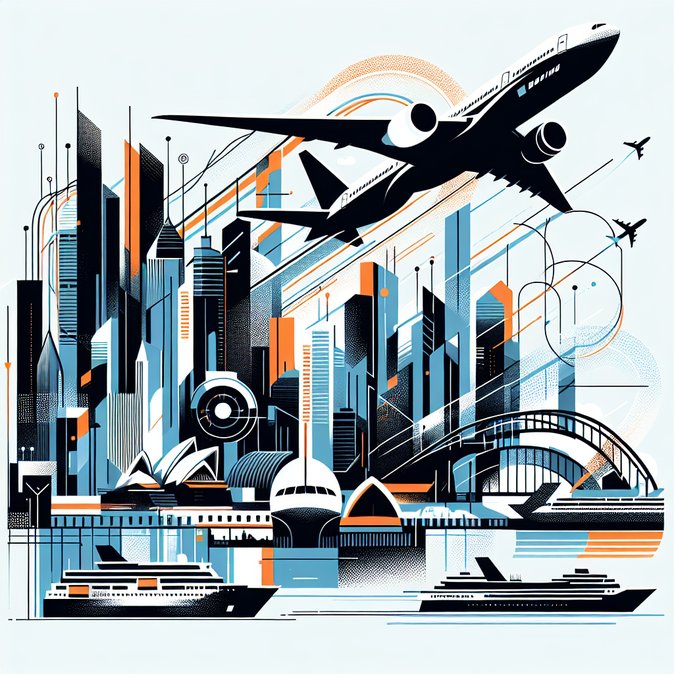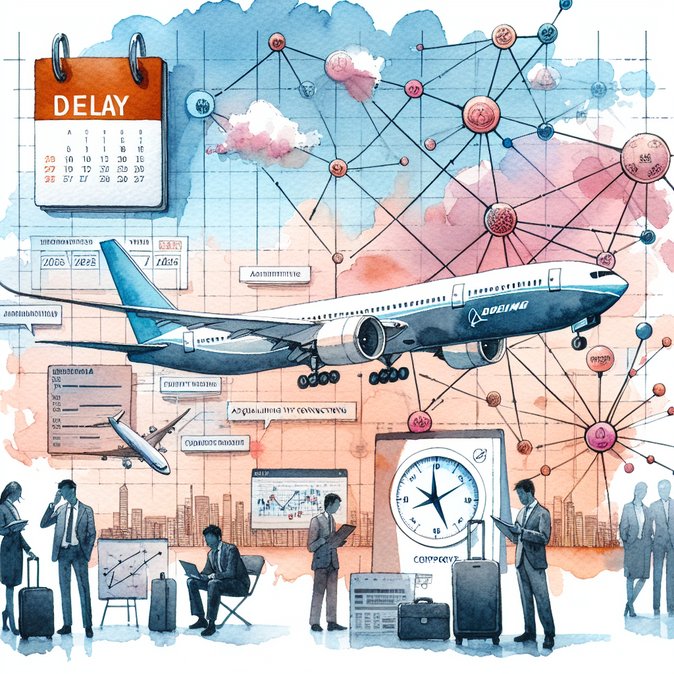
Emirates Airline chief executive Sir Tim Clark used a media round-table on 2 November 2025 to vent his frustration at Boeing’s latest slippage on the 777-9/777-8 programme, saying deliveries are now “unlikely before the northern-spring of 2027”. Emirates has 205 777X aircraft on order and had planned to deploy the first batch on trunk routes to Sydney, Melbourne, Brisbane and Perth to replace ageing 777-300ERs and up-gauge some Airbus A380 frequencies.
Clark told reporters the fresh delay will “inevitably constrain” growth on long-haul markets such as Australia where slot scarcity and curfews make up-gauging the most efficient way to add seats. Emirates had pencilled in a 15 per cent capacity uplift to Australia between 2026-28, including a daily Brisbane–Dubai service with the ultra-long-range 777-8. That plan will now be pushed back at least two years.
![Emirates warns Australia-bound customers of capacity pressure as Boeing 777X delay stretches to 2027]()
For Australian corporates and mobility managers, the setback means continuing tight premium-cabin inventory, fewer reward seats and potential fare spikes during peak seasons. Travel buyers who were banking on the 777X’s larger premium-economy and business-class cabins to absorb demand will need to revisit budgets and consider alternative routings via Singapore, Doha or Bangkok.
Clark said Emirates is reviewing interim options, including keeping more A380s in service and leasing additional 777-300ERs, but warned that operating costs will rise. He also called on Boeing to provide a “realistic, contractually binding” timeline so the airline can finalise fleet and network plans.
Australian exporters relying on Emirates SkyCargo belly-hold capacity were also advised to prepare for tighter freight space until new-generation jets arrive. Logistics analysts note that each 777X would have offered up to four extra lower-deck pallets compared with the 777-300ER, an important factor for perishables and high-value goods moving from Australia to Europe and the Gulf.
Clark told reporters the fresh delay will “inevitably constrain” growth on long-haul markets such as Australia where slot scarcity and curfews make up-gauging the most efficient way to add seats. Emirates had pencilled in a 15 per cent capacity uplift to Australia between 2026-28, including a daily Brisbane–Dubai service with the ultra-long-range 777-8. That plan will now be pushed back at least two years.

For Australian corporates and mobility managers, the setback means continuing tight premium-cabin inventory, fewer reward seats and potential fare spikes during peak seasons. Travel buyers who were banking on the 777X’s larger premium-economy and business-class cabins to absorb demand will need to revisit budgets and consider alternative routings via Singapore, Doha or Bangkok.
Clark said Emirates is reviewing interim options, including keeping more A380s in service and leasing additional 777-300ERs, but warned that operating costs will rise. He also called on Boeing to provide a “realistic, contractually binding” timeline so the airline can finalise fleet and network plans.
Australian exporters relying on Emirates SkyCargo belly-hold capacity were also advised to prepare for tighter freight space until new-generation jets arrive. Logistics analysts note that each 777X would have offered up to four extra lower-deck pallets compared with the 777-300ER, an important factor for perishables and high-value goods moving from Australia to Europe and the Gulf.








